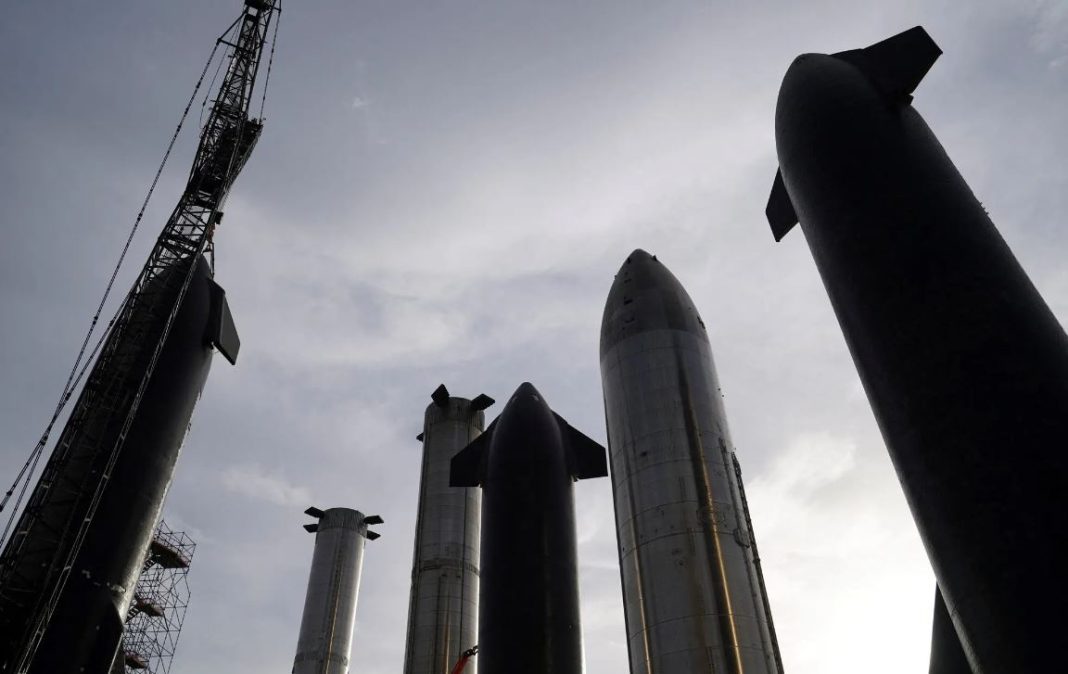In a significant milestone for Elon Musk’s SpaceX, the company’s ambitious Starship rocket embarked on its third test flight, marking progress in the development of a spacecraft that could revolutionize space transportation and aid NASA’s lunar missions. While the flight ended in the rocket’s loss upon re-entry, it accomplished several key objectives and showcased the potential of the vehicle.
Launching from South Texas at 8:25 a.m. Central time, Starship, the largest and most powerful rocket ever built, ascended smoothly into the sky. Despite not being designed to complete a full orbit around the Earth, the flight demonstrated the rocket’s capability to reach orbital velocities before re-entering the atmosphere. However, communication with Starship was lost 49 minutes after launch, with SpaceX confirming the vehicle’s failure to survive re-entry.
Nevertheless, NASA Administrator Bill Nelson commended SpaceX for the successful test flight, underscoring the importance of Starship for the agency’s Artemis lunar missions. The rocket’s potential for reusability stands in stark contrast to traditional single-launch rockets, offering the prospect of reduced costs for satellite launches and human spaceflight.
The test flight, while ending in partial success, provided reassurance regarding the rocket’s design and functionality. Starship’s pivotal role in NASA’s lunar ambitions and Elon Musk’s vision of human colonization on Mars adds significance to its development progress.
Despite facing technical challenges and the loss of previous test flights, SpaceX remains committed to advancing Starship’s capabilities. Elon Musk expressed hope for additional flights this year, aiming to address remaining hurdles and refine the rocket’s performance.
Phil Larson, a former White House space advisor, emphasized Starship’s potential to revolutionize space transportation, enabling new missions and reducing costs. NASA’s reliance on Starship for its Artemis III lunar landing underscores the rocket’s importance in shaping the future of space exploration.
However, challenges lie ahead as SpaceX works to address technical issues and refine Starship’s design. While the rocket’s size and reusability hold promise, additional testing and improvements are necessary before it can fulfill its ambitious objectives.
Despite setbacks, SpaceX remains optimistic about Starship’s potential to transform space travel and outpace competitors in the commercial space industry. The recent test flight represents progress towards achieving this goal, albeit with room for further development and refinement.
As SpaceX continues its quest to push the boundaries of space exploration, the journey towards realizing Elon Musk’s vision of interplanetary travel remains ongoing. While challenges persist, the advancements made with Starship signal a promising future for humanity’s endeavors beyond Earth’s orbit.

